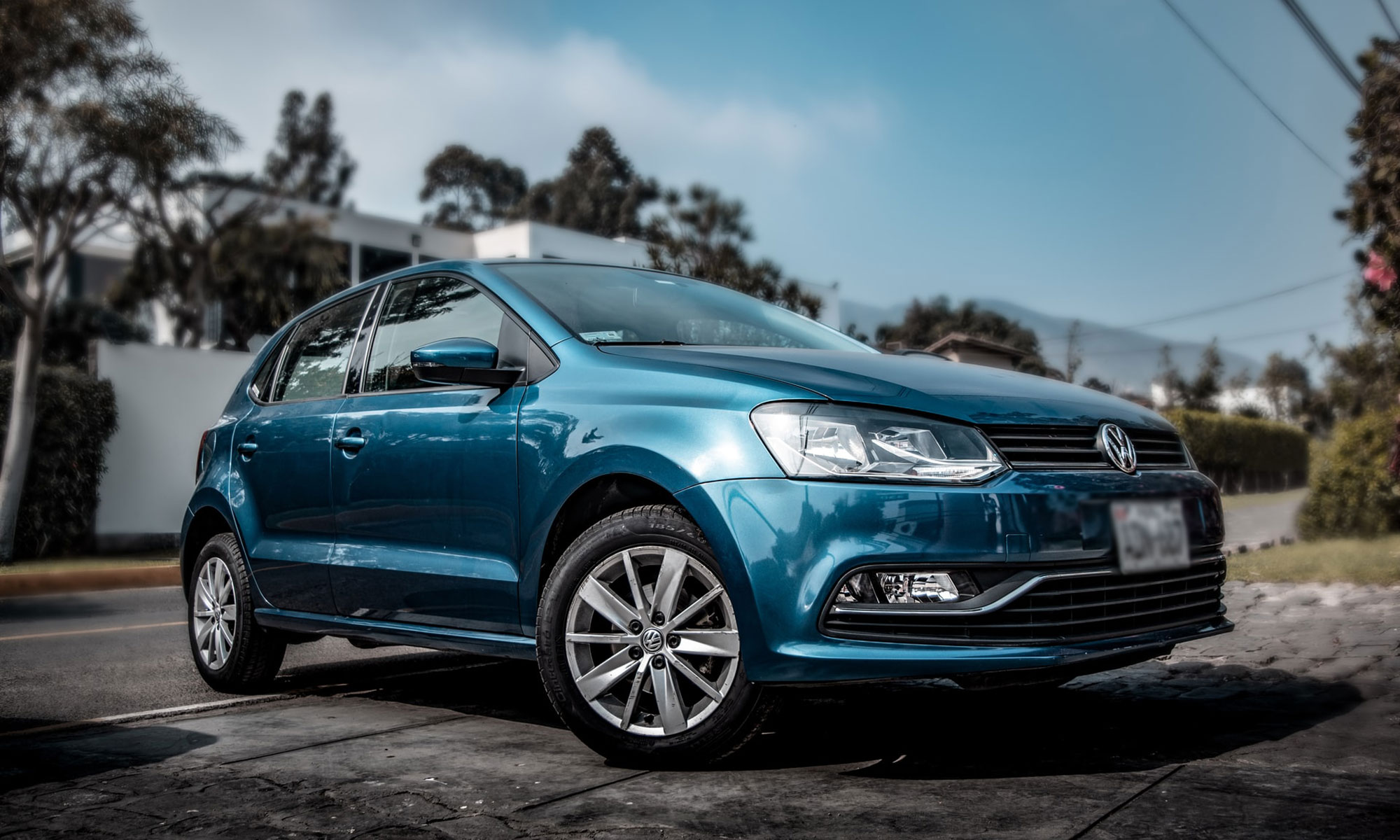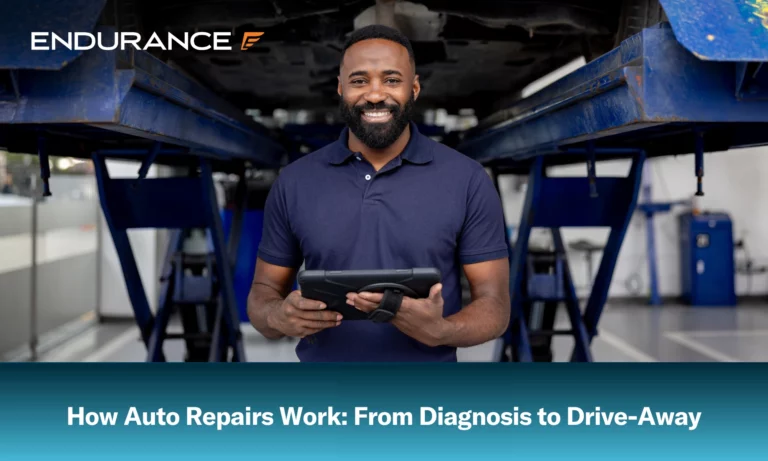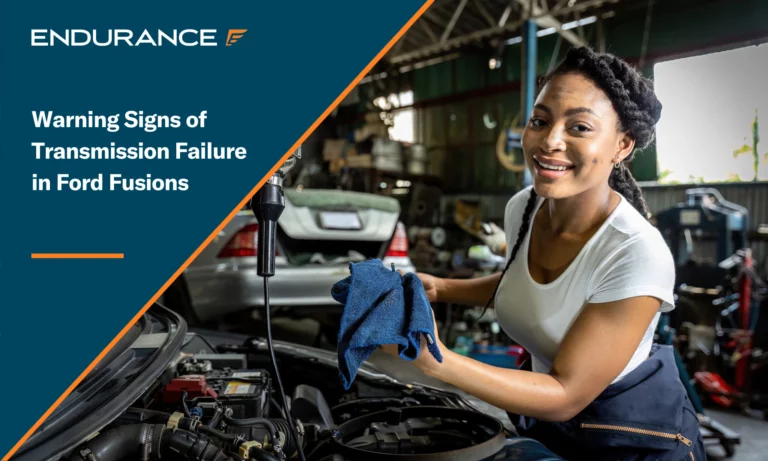How to Maintain Your Vehicle While Sheltering in Place

The COVID-19 pandemic has hit drivers all over the country hard with the implementation of stay-at-home orders. People have now been sheltering in place for over a month, with extensions popping up every week. Since people are now only allowed to go to essential businesses, vehicles are sitting inactive for longer time periods.
Although we should be staying at home for social distancing purposes, maintaining your vehicle matters now more than ever. Since the beginning of the Coronavirus pandemic, police departments in major cities have noticed an uptick in car thefts.
As a way to avoid car repairs and car theft, we’ve compiled some tips to do that are social distancing friendly and easy to do.
How to keep your car in good running order while sitting for long periods of time?
If you’re not using a vehicle, even for essential trips, there are many ways you can ensure it emerges from the quarantine ready to ride.
- Start and drive your car periodically. If you can combine this with an essential trip, that’s great. But either way, make sure you start your vehicle and drive it for 15-20 minutes. Stick close to home. This ensures that:
- Your alternator stays engaged and keeps your battery charged.
- Belts and wires don’t get corroded from non-use.
- Animals don’t stow away inside your warm, cozy engine.
- Keeps your valves and cylinder walls from corrosion by running oil through those internal parts.
- Take a short drive. Make sure to use the braking system to keep build-up from accumulating on your pads and rotors. For coastal drivers, salt and humidity can make your car more prone to this type of buildup.
- Use your electrical components. When you’re on your 15-20 minute drive, make sure to use your power windows, blinkers, electric seats, and other components so they don’t get jammed when idle.
- Run your air conditioning. The cooling system may fall into disrepair if not used for a long time, so try running it periodically.
- Keep your fluids full. Check levels for your engine oil, brake fluid, and more. Over time these fluids may break down and lose their ability to lubricate. If they haven’t been replaced in the past year, get them flushed and replaced to ensure you don’t have issues when you resume driving again. Make sure your windshield wiper fluid is full too, and test it. Fluids flowing through all hoses and nozzles are important to prevent build up.
- Check your bulbs. When testing components, you should also ensure that none of the lights in your vehicle have burnt out. This includes headlights, blinker bulbs, and interior lights. You don’t want to have a surprise waiting for post-quarantine.
- Don’t skip oil changes! Oil change bays and auto repair shops were deemed essential businesses. Take the time to get an oil change and invest in quality-grade oil. Change your oil filter if you haven’t in a while.
- Check your tire pressure. As temps rise and fall during changing seasons, you’ll need to keep the pressure at the PSI recommended in your automotive manual (if you’ve lost your manual or can’t find it, it’s also often printed on the inside of your door) Use a tire pressure gauge to measure your pressure and fill up at the gas station if low.
- Keep your gas tank at least half full. This is a good practice in general, but especially now.
- Clean your car of debris. Spring can mean litter from trees, the road, animals, and more can accumulate on your car. Compounded by rain and moisture, it can lead to rot, erosion to the paint job, and possibly rust. This can also lead to erosion on wiper blades, stains on window glass, and create a place for critters to hideout. Keep your car clean of debris by rinsing or brushing it off weekly.
These tips should help prevent a breakdown post-quarantine, and keep your car in good working order.
Avoid these potential traps for idle vehicles
There are other things to look out for, aside from maintenance, when your car is sitting idle. There are other, more immediate risks, like theft. Unfortunately, thieves are taking advantage of cars sitting abandoned for many days or weeks. Since there is less foot traffic and actual traffic, it gives them the opportunity to break into vehicles with ease. There has been a rise in car thefts and break-ins since the coronavirus outbreak.
How can you protect yourself from theft?
- Wash your car regularly. Dusty or dirty cars are often a tip-off that a car has been sitting in the same spot for a while.
- Move your car every few days. If you don’t have a garage or driveway, make sure to move your vehicle around if possible, so it won’t stay in the same spot for too long. This also helps keep the engine active.
- Don’t leave valuables inside your vehicle. If you have anything you can’t bear to part with, bring it inside.
- Invest in anti-theft devices or a cover. If your vehicle is new, you may want to add these extra preventive measures.
We hope that you and your vehicle make it through this difficult time, and we’re here to help.
We have a plan
We’re working hard to keep America on the road and offer peace of mind amidst COVID-19. If you’re a current customer and facing financial hardship, we have relief options available. Simply contact us to learn how we’re keeping your vehicle protection plan active at this uncertain time.
If you don’t have auto protection from Endurance, now is the time to prepare for the unexpected. We have limited time relief plans available, and you can request a no-obligation quote or call 1-866-918-1438 to hear about minimal down payments. When it comes to car maintenance, there’s a lot to think about and we’re here to help.













The Endurance blog is powered by a team of automotive experts, customer care professionals, and industry writers dedicated to helping drivers make smarter decisions about vehicle protection and ownership. From coverage insights to car care advice, our content is designed to inform and support every stage of the driver journey. For press inquiries, please contact [email protected].